The 4 C’s: colour, clarity, cut and carat weight all contribute to the value of your diamond. The Most enjoyable part of creating a bespoke diamond engagement ring or a diamond pendant for a special birthday would be discussing design ideas and finding out what knowledge of diamonds and jewellery you may have; more often than not people have very little or no know knowledge at all. Your jewellery commission is often the most important piece you are likely to buy, obviously you want the best you can afford. This leaves a daunting prospect with a mind field of information.
At the beginning of the
design process I often source diamonds for the customer to view, they can be of different carat weights or different colour and clarity gradings. You are then able to see for yourself the difference in qualities and which characteristics maybe more important to you. As a standard I use Gsi graded diamonds.
Colour:
The colour of white diamonds are graded colourless to a feint yellow or off white. The colour spectrum of white diamonds begins at D and ends at Z. The majority of jewellers would only use the colour range between D and J. As standard I use the colour G. This is a diamond almost at the colourless end of the scale. If you would like a higher or lower colour grade of diamond I can source these to suit your budget.
Clarity:
This tells you the nature of inclusions that are inside a diamond. There are different terms which tell you what sort of inclusion there are such as “Feather” or “Cloud”. These inclusions are formed at the time of the diamonds creation and not at the time of cutting the stone. The aim is to choose a diamond that you can see as little inclusions in as possible. The scale starts at “FL” (flawless) and ends at “I3” (included3).
As standard I use Si graded diamonds, these are good clean diamonds where inclusions cannot be seen easily with an untrained eye. You may see something with a 10x eye glass if you knew what you were looking for.
If you were choosing a diamond larger than half a carat you may want to think about a Vs or VVS or above clarity grading.

Cut:
The perfect diamond will be cut to allow the light to enter the top facet (table) and bounce around to exit the stone again through the top facet (table). If the diamond has been cut too shallow or too deep and the light will exit through the bottom of the stone. This will make the diamond appear dull and lifeless. The cut grading is also based on its proportions, symmetry and polish.
Carat Weight
A diamond is measured by its weight rather than its size; a carat being 0.2grams. Charts giving measurements are approximations based on an ideal diamond cut. A carat is sub divided into a hundred points, therefore half a carat could be described at 0.5cts or 50points. The larger the diamond the quicker the diamonds value increases as larger carat weights are much more rare to find.
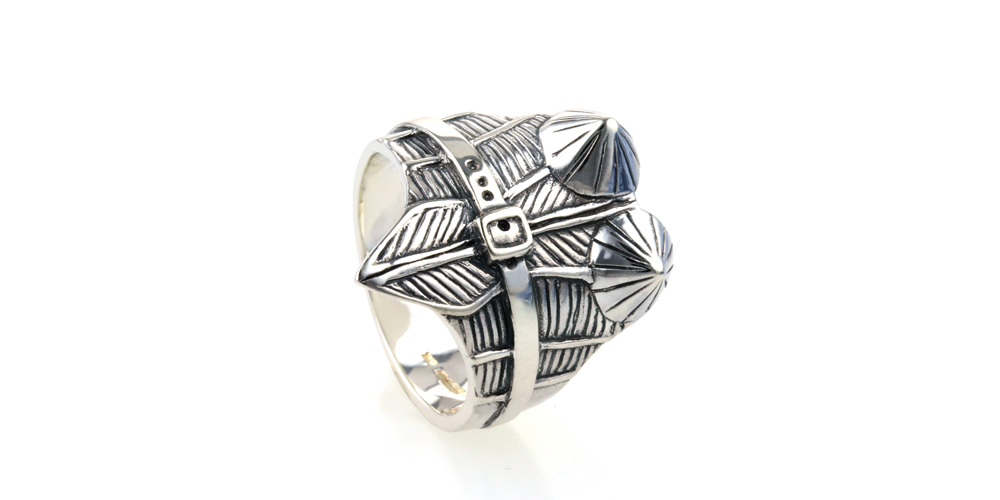


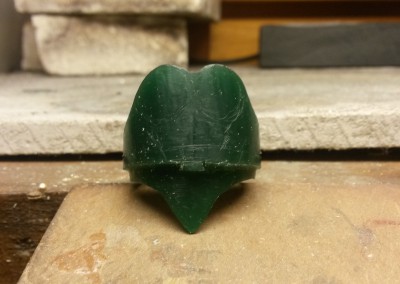






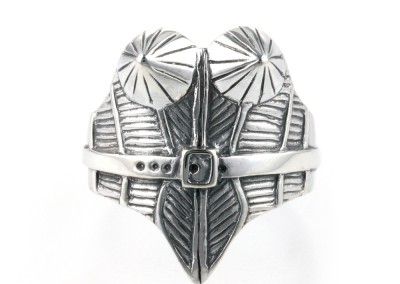


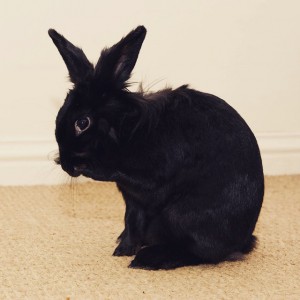
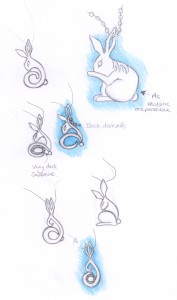


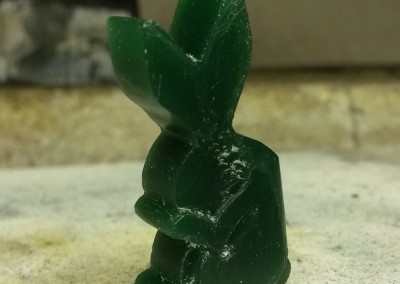
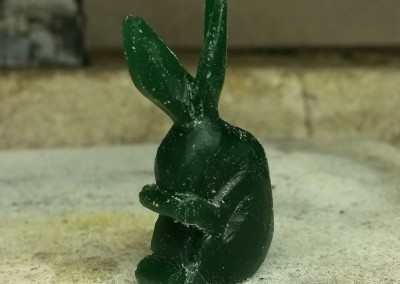
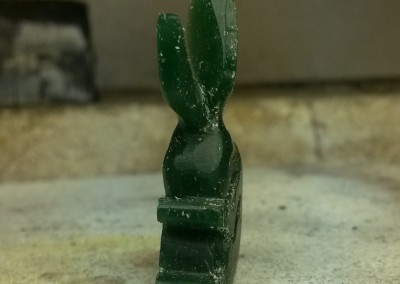
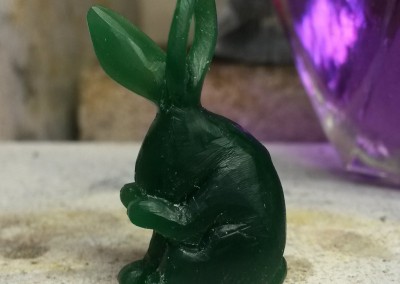






















Recent Comments